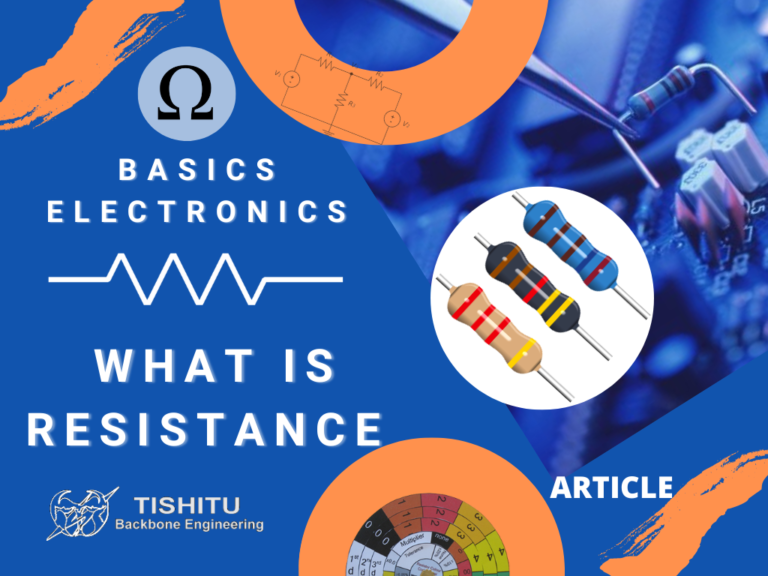
What are Resistors?
What are Resistors or Resistance Introduction Resistors are two-terminal devices that are used to control the passage of current, to put it simply. Understanding the

What are Resistors or Resistance Introduction Resistors are two-terminal devices that are used to control the passage of current, to put it simply. Understanding the
| Arduino Basics | My First Project Control | Begin with Coding | Basics of Microcontrollers | My experiments and subition | Making small products | Lets start with 3d Printing | What is Network and IOT | I can make Jarvis | Talk with computer and Robots | LiFi Communication | Introduction to Artificial Intelligence | My first Robot and Program | Sensors and Experiments | Real world Problem Solving | Live projects from companies | I become a instructor | Read More…

What are Resistors or Resistance Introduction Resistors are two-terminal devices that are used to control the passage of current, to put it simply. Understanding the

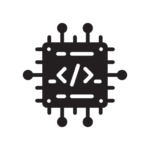





| LiFi Communication With Solar Panels | Brain Wave Device Control | Augmented Reality With Artificial Pond | Neural Networks | Gravity Lift For Green Power Generation | Embedded Systems | Internet Of Things (IoT) | Cloud Computing | Cybersecurity | Robotics(ROS) | LiFi Communication | Artificial Intelligence | Machine Learning | Computer Vision | Expert System | Speech Recognition | Natural Language Processing | Read More…
This is how how we work for services above mentioned







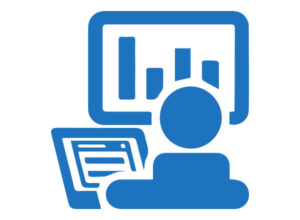
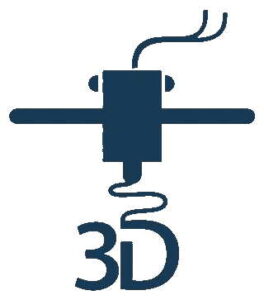


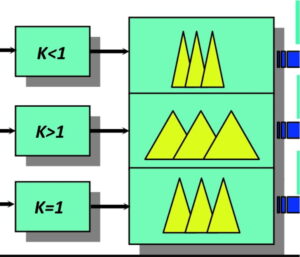
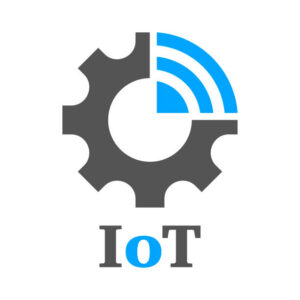
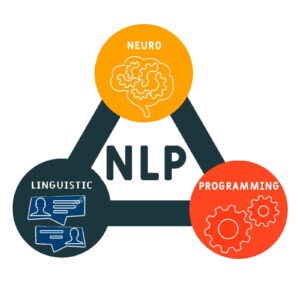

| LiFi Communication With Solar Panels | Brain Wave Device Control | Augmented Reality With Artificial Pond | Neural Networks | Gravity Lift For Green Power Generation | Embedded Systems | Internet Of Things (IoT) | Cloud Computing | Cybersecurity | Robotics(ROS) | LiFi Communication | Artificial Intelligence | Machine Learning | Computer Vision | Expert System | Speech Recognition | Natural Language Processing | Read More…
ISO-IEC-27005-Risk-Manager최신인증시험공부자료덤프구매후불합격시덤프비용환불
Pass4Test 에서 출시한PECB인증ISO-IEC-27005-Risk-Manager 덤프는PECB인증ISO-IEC-27005-Risk-Manager 실제시험의 출제범위와 출제유형을 대비하여 제작된 최신버전 덤프입니다. 시험문제가 바뀌면 제일 빠른 시일내에 덤프를 업데이트 하도록 최선을 다하고 있으며 1년 무료 업데이트서비스를 제공해드립니다. 1년 무료 업데이트서비스를 제공해드리기에 시험시간을 늦추어도 시험성적에 아무런 페를 끼치지 않습니다. Pass4Test에 믿음을 느낄수 있도록 구매사이트마다 무료샘플 다운가능기능을 설치하였습니다.무료샘플을 체험해보시고Pass4Test을 선택해주세요.
자신을 부단히 업그레이드하려면 많은 노력이 필요합니다. IT업종 종사자라면 국제승인 IT인증자격증을 취득하는것이 자신을 업그레이드하는것과 같습니다. PECB인증 ISO-IEC-27005-Risk-Manager시험을 패스하여 원하는 자격증을 취득하려면Pass4Test의PECB인증 ISO-IEC-27005-Risk-Manager덤프를 추천해드립니다. 하루빨리 덤프를 공부하여 자격증 부자가 되세요.
>> ISO-IEC-27005-Risk-Manager최신 인증시험 공부자료 <<
ISO-IEC-27005-Risk-Manager시험대비 최신버전 덤프자료 - ISO-IEC-27005-Risk-Manager유효한 최신덤프공부
PECB인증 ISO-IEC-27005-Risk-Manager시험을 준비하기 위해 잠도 설쳐가면서 많이 힘들죠? Pass4Test덤프가 고객님의 곁을 지켜드립니다. Pass4Test에서 제공해드리는PECB인증 ISO-IEC-27005-Risk-Manager덤프는 실제PECB인증 ISO-IEC-27005-Risk-Manager시험문제를 연구하여 만든 공부자료이기에 최고의 품질을 자랑합니다. Pass4Test덤프를 열심히 공부하여 멋진 IT전문가의 꿈을 이루세요.
PECB ISO-IEC-27005-Risk-Manager 시험요강:
주제
소개
주제 1
주제 2
주제 3
주제 4
최신 ISO/IEC 27005 ISO-IEC-27005-Risk-Manager 무료샘플문제 (Q61-Q66):
질문 # 61
Which statement regarding information gathering techniques is correct?
정답:A
설명:
ISO/IEC 27005 supports the use of various information-gathering techniques, including technical tools, to identify and assess risks. Technical tools such as vulnerability scanners and asset management software can help organizations identify technical vulnerabilities and compile a list of assets that are critical for risk assessment. This aligns with the standard's recommendation to use automated tools for an effective risk assessment process. Option B is correct because it accurately describes an effective information-gathering technique.
Reference:
ISO/IEC 27005:2018, Clause 8.2, "Risk Identification," which discusses using tools and techniques to identify risks.
질문 # 62
What should an organization do after it has established the risk communication plan?
정답:B
설명:
Once an organization has established a risk communication plan, it should implement it by establishing both internal and external communication channels to ensure all stakeholders are informed and involved in the risk management process. This step is crucial for maintaining transparency, ensuring clarity, and fostering a collaborative environment where risks are managed effectively. Therefore, option C is the correct answer.
Reference:
ISO/IEC 27005:2018, Clause 7, "Communication and Consultation," which outlines the importance of establishing both internal and external communication mechanisms to ensure effective risk management.
질문 # 63
Based on NIST Risk Management Framework, what is the last step of a risk management process?
정답:A
설명:
Based on the NIST Risk Management Framework (RMF), the last step of the risk management process is "Monitoring Security Controls." This step involves continuously tracking the effectiveness of the implemented security controls, ensuring they remain effective against identified risks, and adapting them to any changes in the threat landscape. Option A correctly identifies the final step.
질문 # 64
Scenario 6: Productscape is a market research company headquartered in Brussels, Belgium. It helps organizations understand the needs and expectations of their customers and identify new business opportunities. Productscape's teams have extensive experience in marketing and business strategy and work with some of the best-known organizations in Europe. The industry in which Productscape operates requires effective risk management. Considering that Productscape has access to clients' confidential information, it is responsible for ensuring its security. As such, the company conducts regular risk assessments. The top management appointed Alex as the risk manager, who is responsible for monitoring the risk management process and treating information security risks.
The last risk assessment conducted was focused on information assets. The purpose of this risk assessment was to identify information security risks, understand their level, and take appropriate action to treat them in order to ensure the security of their systems. Alex established a team of three members to perform the risk assessment activities. Each team member was responsible for specific departments included in the risk assessment scope. The risk assessment provided valuable information to identify, understand, and mitigate the risks that Productscape faces.
Initially, the team identified potential risks based on the risk identification results. Prior to analyzing the identified risks, the risk acceptance criteria were established. The criteria for accepting the risks were determined based on Productscape's objectives, operations, and technology. The team created various risk scenarios and determined the likelihood of occurrence as "low," "medium," or "high." They decided that if the likelihood of occurrence for a risk scenario is determined as "low," no further action would be taken. On the other hand, if the likelihood of occurrence for a risk scenario is determined as "high" or "medium," additional controls will be implemented. Some information security risk scenarios defined by Productscape's team were as follows:
1. A cyber attacker exploits a security misconfiguration vulnerability of Productscape's website to launch an attack, which, in turn, could make the website unavailable to users.
2. A cyber attacker gains access to confidential information of clients and may threaten to make the information publicly available unless a ransom is paid.
3. An internal employee clicks on a link embedded in an email that redirects them to an unsecured website, installing a malware on the device.
The likelihood of occurrence for the first risk scenario was determined as "medium." One of the main reasons that such a risk could occur was the usage of default accounts and password. Attackers could exploit this vulnerability and launch a brute-force attack. Therefore, Productscape decided to start using an automated "build and deploy" process which would test the software on deploy and minimize the likelihood of such an incident from happening. However, the team made it clear that the implementation of this process would not eliminate the risk completely and that there was still a low possibility for this risk to occur. Productscape documented the remaining risk and decided to monitor it for changes.
The likelihood of occurrence for the second risk scenario was determined as "medium." Productscape decided to contract an IT company that would provide technical assistance and monitor the company's systems and networks in order to prevent such incidents from happening.
The likelihood of occurrence for the third risk scenario was determined as "high." Thus, Productscape decided to include phishing as a topic on their information security training sessions. In addition, Alex reviewed the controls of Annex A of ISO/IEC 27001 in order to determine the necessary controls for treating this risk. Alex decided to implement control A.8.23 Web filtering which would help the company to reduce the risk of accessing unsecure websites. Although security controls were implemented to treat the risk, the level of the residual risk still did not meet the risk acceptance criteria defined in the beginning of the risk assessment process. Since the cost of implementing additional controls was too high for the company, Productscape decided to accept the residual risk. Therefore, risk owners were assigned the responsibility of managing the residual risk.
Which risk treatment option was used for the second risk scenario? Refer to scenario 6.
정답:B
설명:
Risk sharing, also known as risk transfer, involves sharing the risk with another party, such as through insurance or outsourcing certain activities to third-party vendors. In Scenario 6, Productscape decided to contract an IT company to provide technical assistance and monitor the company's systems and networks to prevent incidents related to the second risk scenario (gaining access to confidential information and threatening to make it public unless a ransom is paid). This is an example of risk sharing because Productscape transferred part of the risk management responsibilities to an external company. Thus, the correct answer is C, Risk sharing.
Reference:
ISO/IEC 27005:2018, Clause 8.6, "Risk Treatment," which includes risk sharing as an option where a third party is used to manage specific risks.
질문 # 65
Scenario 1
The risk assessment process was led by Henry, Bontton's risk manager. The first step that Henry took was identifying the company's assets. Afterward, Henry created various potential incident scenarios. One of the main concerns regarding the use of the application was the possibility of being targeted by cyber attackers, as a great number of organizations were experiencing cyberattacks during that time. After analyzing the identified risks, Henry evaluated them and concluded that new controls must be implemented if the company wants to use the application. Among others, he stated that training should be provided to personnel regarding the use of the application and that awareness sessions should be conducted regarding the importance of protecting customers' personal data.
Lastly, Henry communicated the risk assessment results to the top management. They decided that the application will be used only after treating the identified risks.
According to scenario 1, what type of controls did Henry suggest?
정답:B
설명:
In the context of Scenario 1, the controls suggested by Henry, such as training personnel on the use of the application and conducting awareness sessions on protecting customers' personal data, fall under the category of "Administrative" controls. Administrative controls are policies, procedures, guidelines, and training programs designed to manage the human factors of information security. These controls are aimed at reducing the risks associated with human behavior, such as lack of awareness or improper handling of sensitive data, and are distinct from "Technical" controls (like firewalls or encryption) and "Managerial" controls (which include risk management strategies and governance frameworks).
Reference:
ISO/IEC 27005:2018, Annex A, "Controls and Safeguards," which mentions the importance of administrative controls, such as awareness training and the development of policies, to mitigate identified risks.
ISO/IEC 27001:2013, Annex A, Control A.7.2.2, "Information security awareness, education, and training," which directly relates to administrative controls for personnel security.
질문 # 66
......
Pass4Test의PECB ISO-IEC-27005-Risk-Manager인증시험의 자료 메뉴에는PECB ISO-IEC-27005-Risk-Manager인증시험실기와PECB ISO-IEC-27005-Risk-Manager인증시험 문제집으로 나누어져 있습니다.우리 사이트에서 관련된 학습가이드를 만나보실 수 있습니다. 우리 Pass4Test의PECB ISO-IEC-27005-Risk-Manager인증시험자료를 자세히 보시면 제일 알맞고 보장도가 높으며 또한 제일 전면적인 것을 느끼게 될 것입니다.
ISO-IEC-27005-Risk-Manager시험대비 최신버전 덤프자료: https://www.pass4test.net/ISO-IEC-27005-Risk-Manager.html